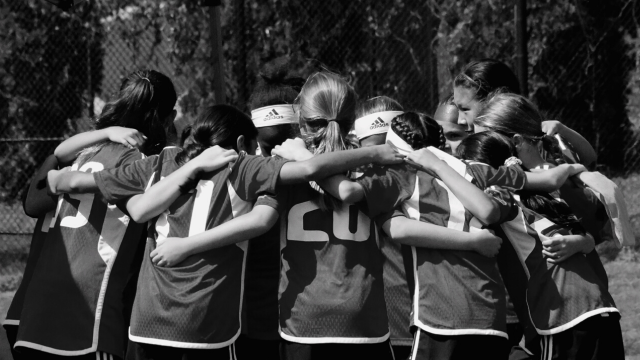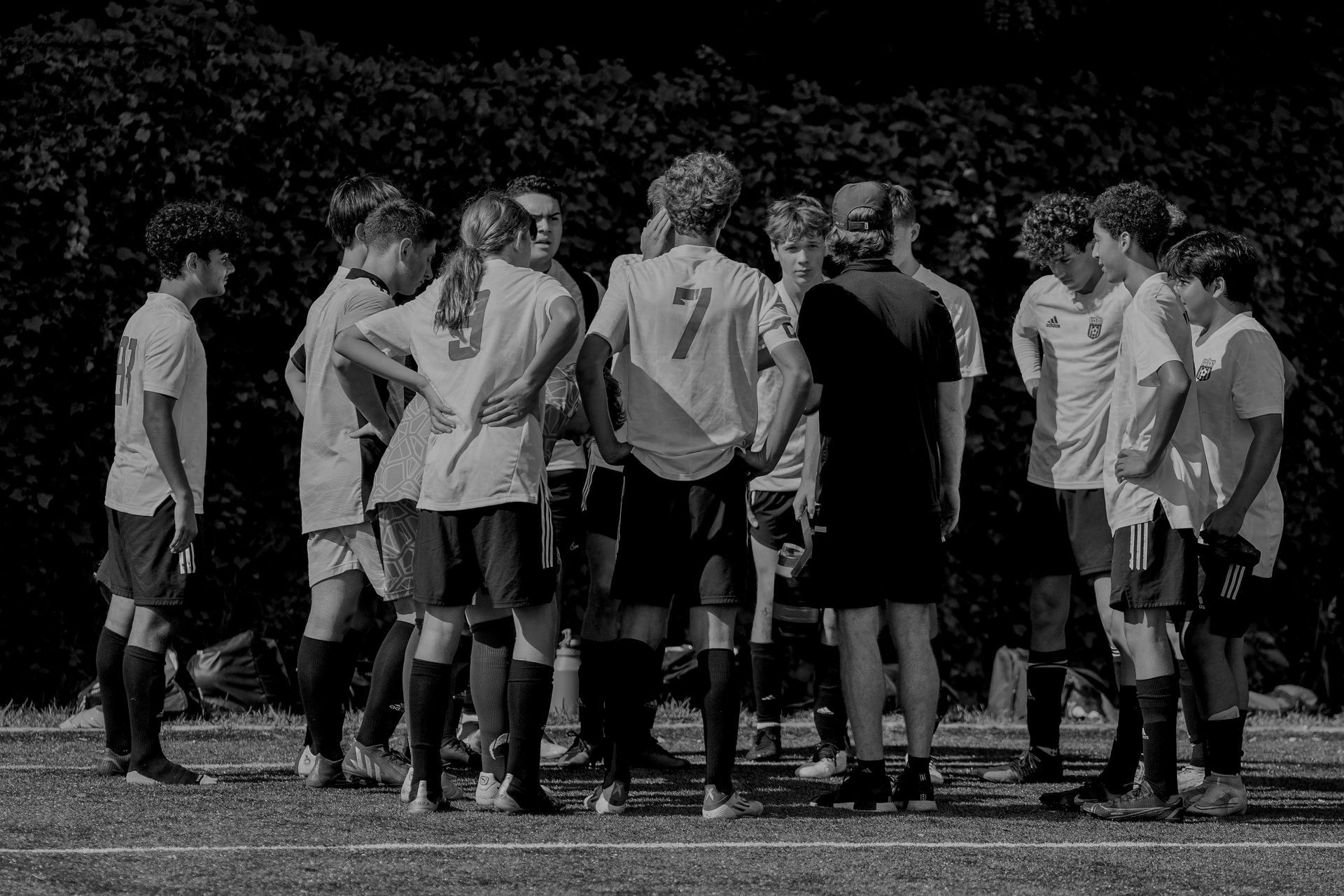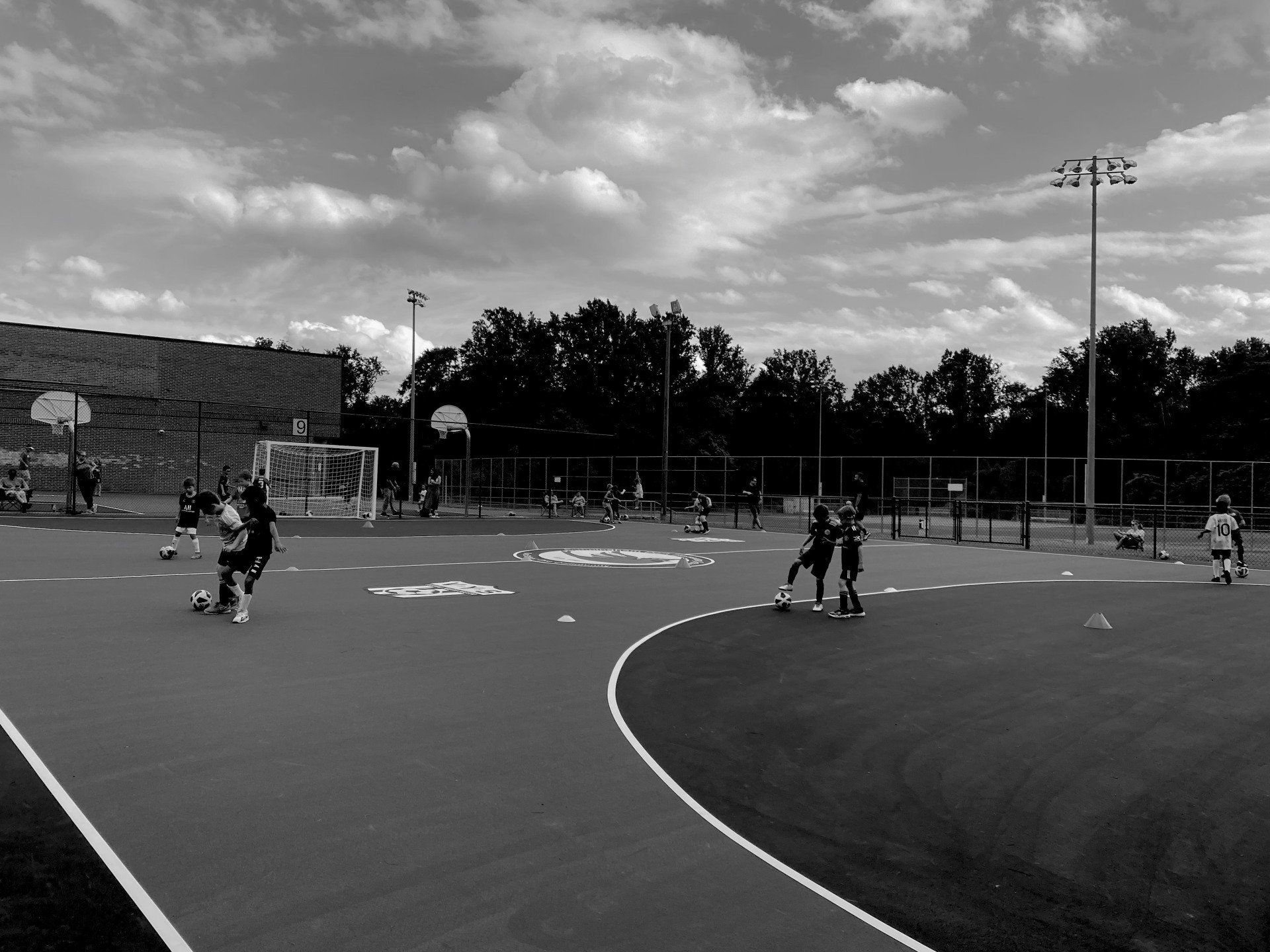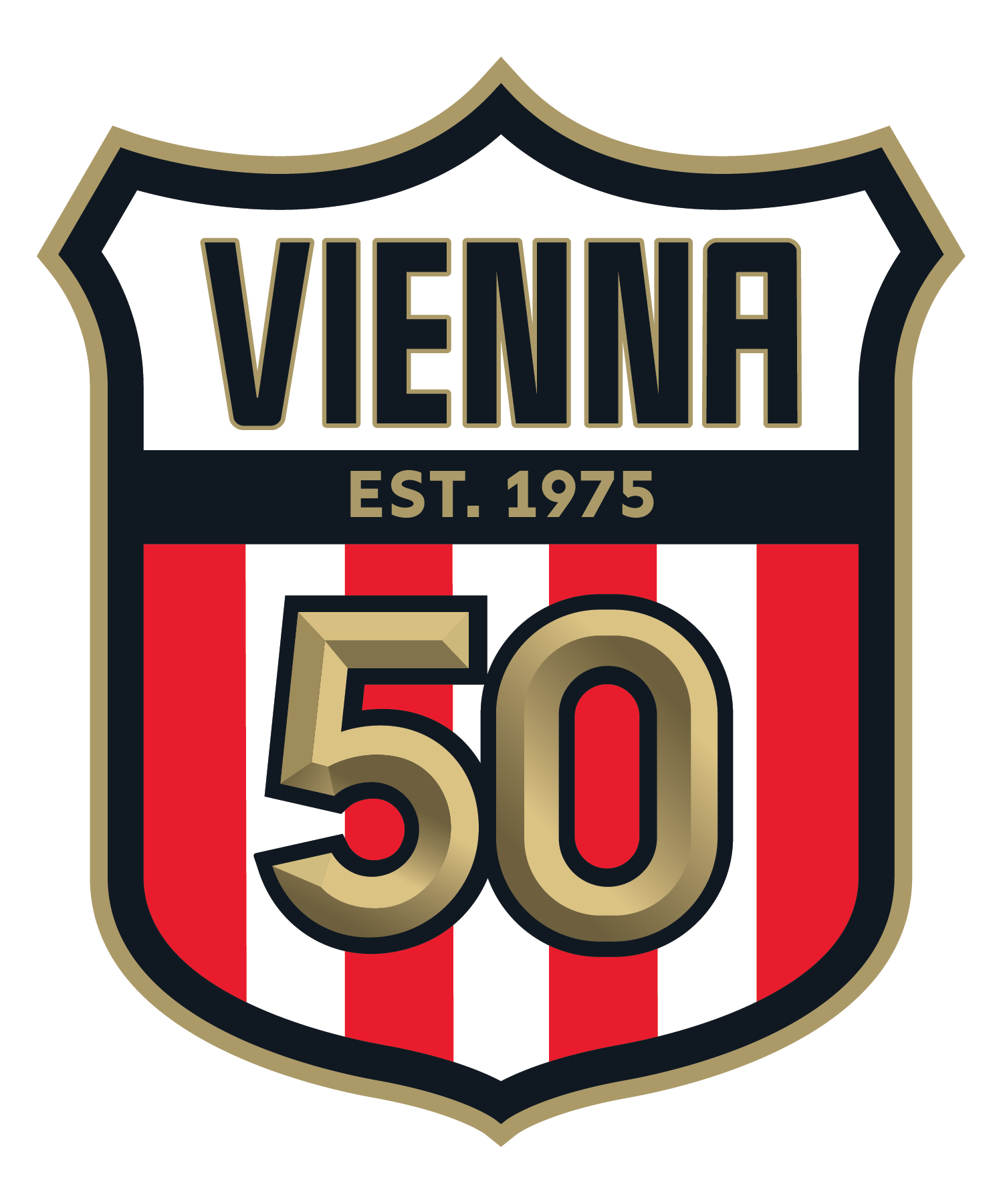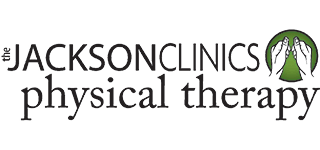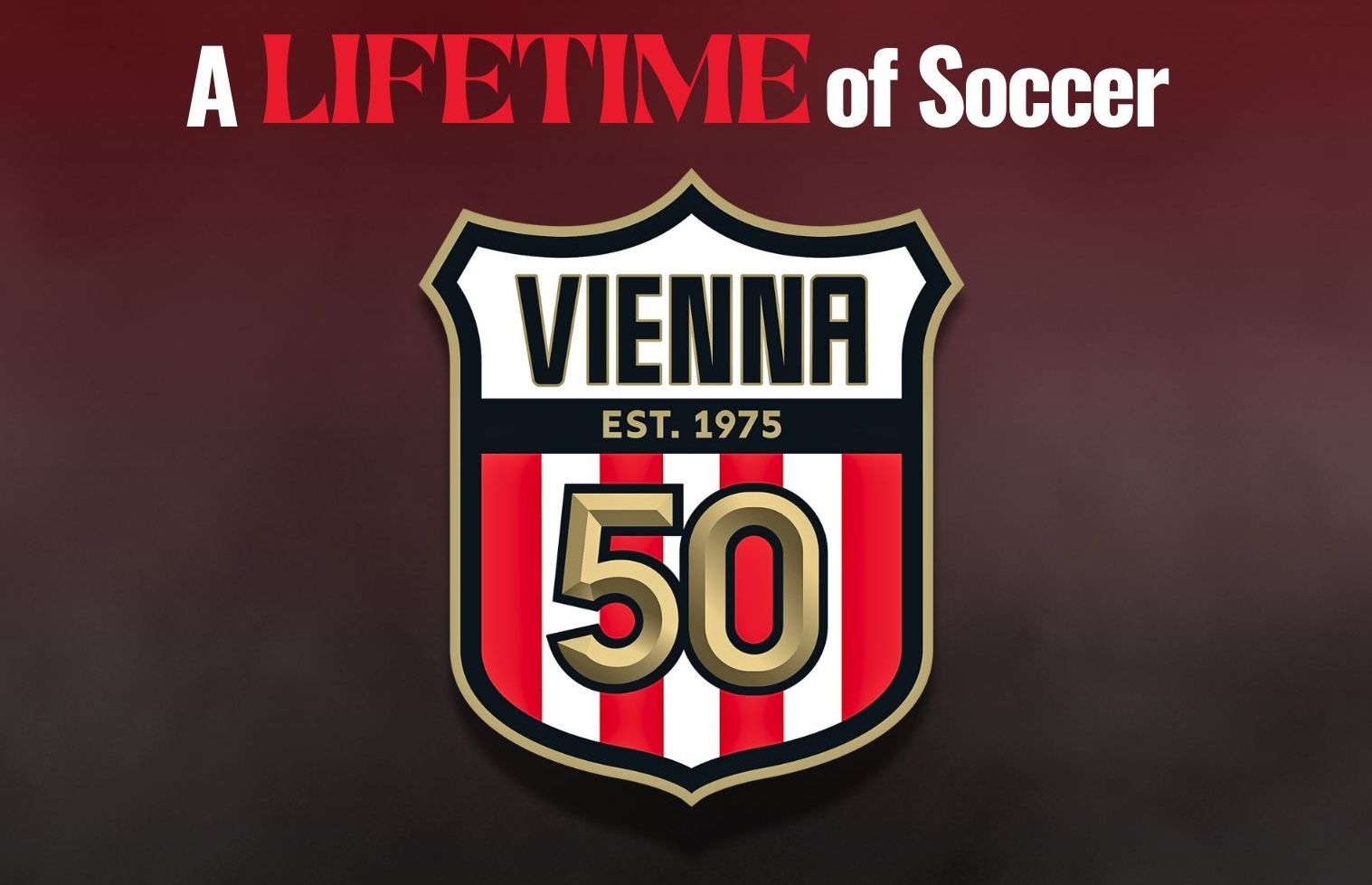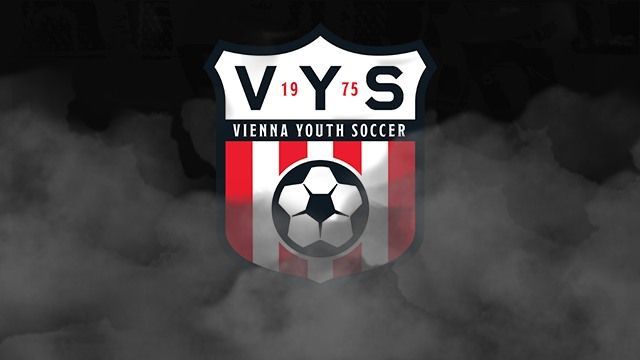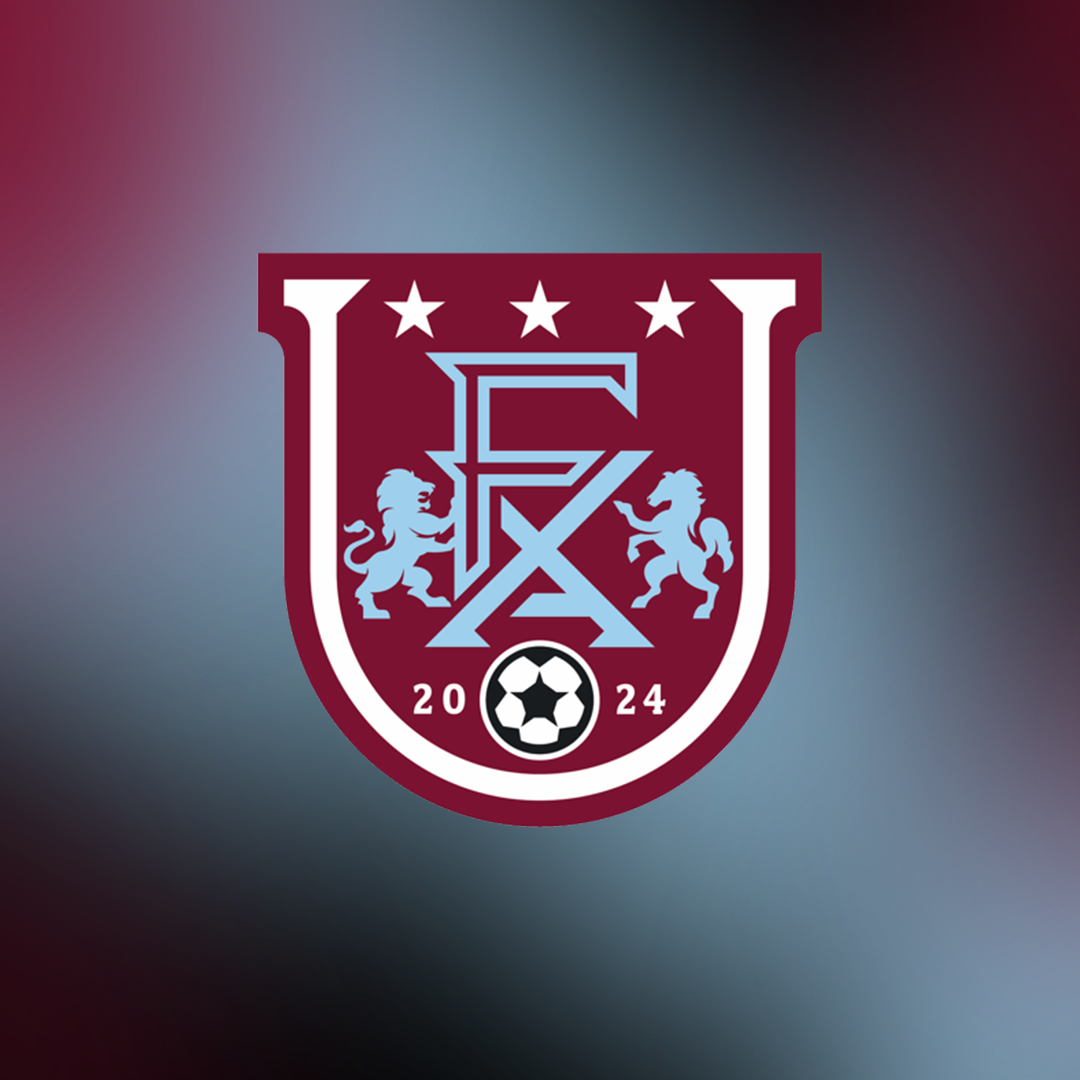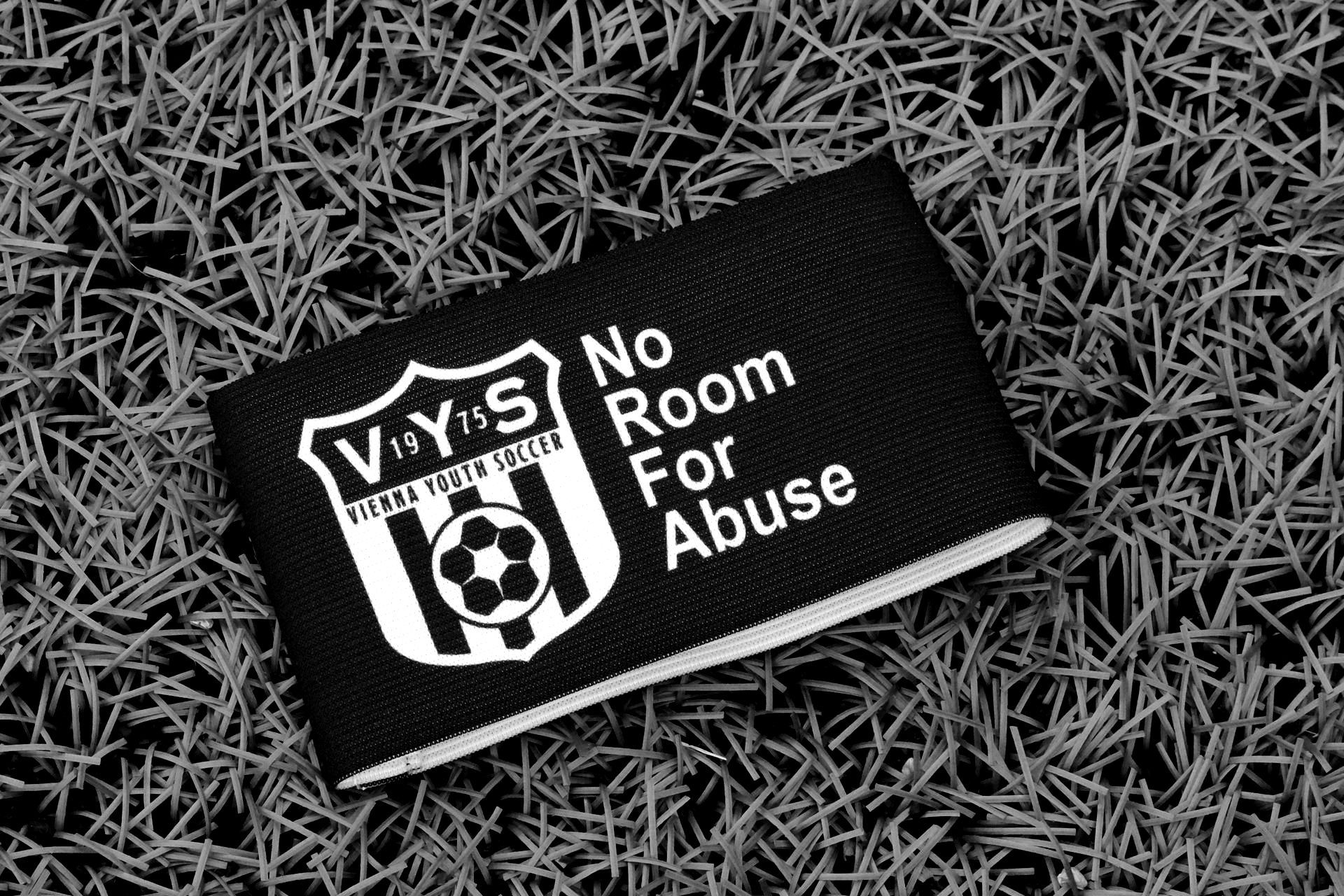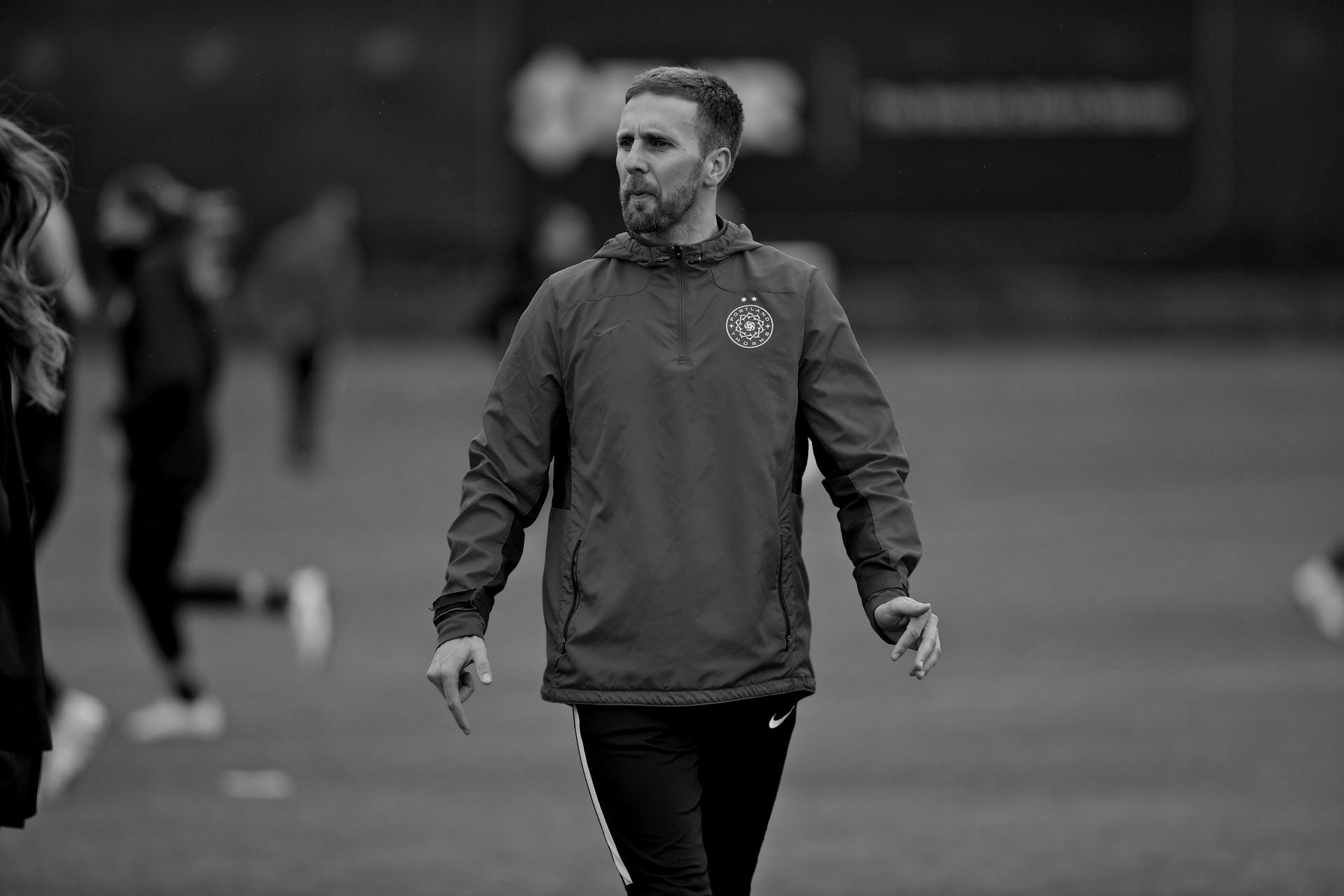Assess Common Injuries with The Jackson Clinics
There are many components to the beautiful game we love, and unfortunately, like any sport, injuries are a part of it. While we work tirelessly to ensure our players are in top shape on and off the field, you should always be prepared for any situation.
This raises the question, how do you know if an injury is readily manageable or if medical assistance is needed?
Our partners and soccer specialists at The Jackson Clinics have developed a short video series for VYS outlining how to identify pain points for common soccer injuries along with the proper actions to take in order to prevent further damage.
You can find all information on the proper assessments below or on our
Player Performance page.
Overview
Common Injuries
Concussions
A traumatic brain injury that affects your brain function. Effects are usually temporary but can include headaches and problems with concentration, memory, balance and coordination.
Concussions are usually caused by a blow to the head but violently shaking of the head and upper body can also cause concussions.
Watch how to properly identify relevant pain points and assess whether or not medical attention is required:
Ankle Sprain
An injury that occurs when you roll, twist or turn your ankle in an awkward way. This can stretch or tear the tough bands of tissue (ligaments) that help hold your ankle bones together.
Watch how to properly identify relevant pain points and assess whether or not medical attention is required:
Calf Strains
A result of overstretching or tearing either of the 2 calf muscles indicated by a sudden pain in the muscle, or a feeling of a pop, snap or tear. A calf strain may also mean you experience a sudden pain at the back of the leg or stiffness when walking.
Watch how to properly identify relevant pain points and assess whether or not medical attention is required:
Schedule An Appointment
For medical assistance you can schedule an appointment with The Jackson Clinics with the link below, or reach out with any additional questions here:
The Jackson Clinics
About The Jackson Clinics
The Jackson Clinics, LP, is a physical therapist-owned outpatient orthopedic practice with locations throughout the Washington DC metro region. TJC was founded in 2005 with the goal of becoming a world-leading physical therapy practice with education as the key to providing the highest quality and consistency of professional excellence and personal touch.
The Jackson Clinics specialize in outpatient orthopedics and sports rehabilitation. Their therapists and assistants possess advanced clinical skills in spinal disorders, sacroiliac joint dysfunction and peripheral joint problems, including rotator cuff injuries, knee injuries and foot and ankle pain. In addition, they have specialty programs in oncology rehabilitation, upper and lower extremity lymphedema management, vestibular rehabilitation, pediatrics, aquatic therapy, pelvic health/women’s health, LSVT BIG therapy for Parkinson’s care, running analysis, bike fitting, cross fit, industrial rehabilitation, dry needling, custom orthotics, and more.
To learn more about The Jackson Clinics, their goals, and their services visit their page below:
